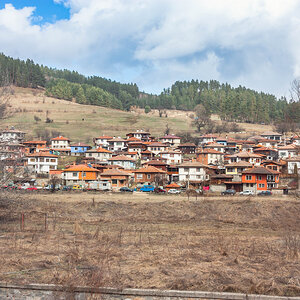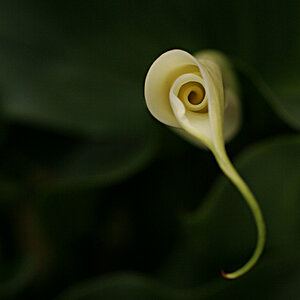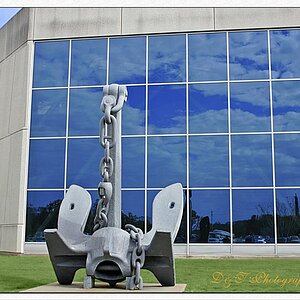jedirunner
TPF Noob!
- Joined
- Jan 13, 2012
- Messages
- 354
- Reaction score
- 71
- Location
- Utah
- Can others edit my Photos
- Photos OK to edit
Hey guys,
I was showing a co-worker the difference in an outdoor shot using a polarized filter vs not using a polarized filter (the difference was tremendous, btw).
His response was "can't I just do the same thing with adjusting white balance?"
My answer was "I don't think that's how white balance works", but it made me realize that I can't explain how white balance settings work, and how they differ from what a polarized filter does.
Can someone explain to me:
1- the basis of what white balance adjustments do?
2- how this differs from a polarized filter?
I would be indebted to you. And as Shrek said "someday, I will repay you... Unless I cannot find you or if I forget." I'd add to that that my ability to repay in terms of photography knowledge would be lacking as you all already have far more than I do. ;-)
Thank you very much!
Kevin
I was showing a co-worker the difference in an outdoor shot using a polarized filter vs not using a polarized filter (the difference was tremendous, btw).
His response was "can't I just do the same thing with adjusting white balance?"
My answer was "I don't think that's how white balance works", but it made me realize that I can't explain how white balance settings work, and how they differ from what a polarized filter does.
Can someone explain to me:
1- the basis of what white balance adjustments do?
2- how this differs from a polarized filter?
I would be indebted to you. And as Shrek said "someday, I will repay you... Unless I cannot find you or if I forget." I'd add to that that my ability to repay in terms of photography knowledge would be lacking as you all already have far more than I do. ;-)
Thank you very much!
Kevin



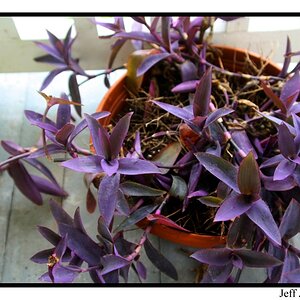

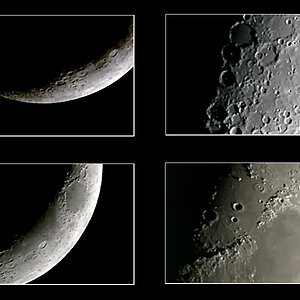
![[No title]](/data/xfmg/thumbnail/36/36400-97a007ae878e1032155c7a7d47eeba73.jpg?1619737552)
![[No title]](/data/xfmg/thumbnail/40/40356-883c642c8d24d2709b359f9c8b196fcf.jpg?1619739437)
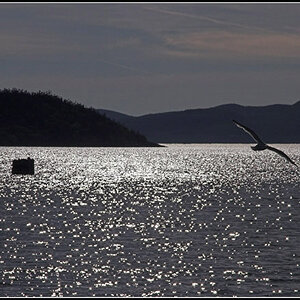
![[No title]](/data/xfmg/thumbnail/33/33342-79274d7e5cdf3e52939255e1cd89f2d0.jpg?1619735911)
